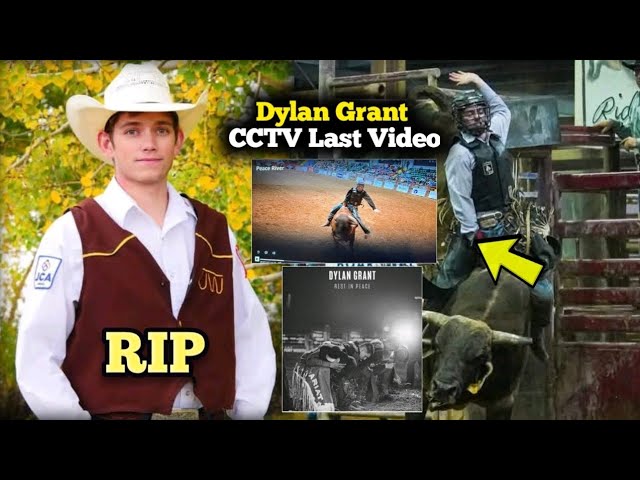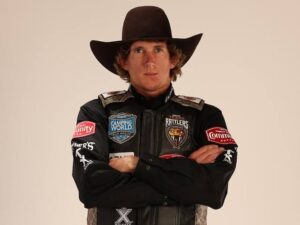
The tragic death of 24-year-old professional bull rider Dylan Grant at a rodeo event in Texas has once again raised uncomfortable but necessary questions about the inherent dangers of the sport of bull riding—and whether it’s time for the government to intervene more aggressively.
While rodeo is deeply entrenched in American tradition, Dylan’s passing is a grim reminder that culture should never come before the value of a human life.
Bull riding is often glamorized as a test of grit, strength, and bravery. Yet, behind the bright lights and roaring crowds lies a brutal reality. Riders face violent throws, trampling, and potential fatal injuries every time they mount a bull. These animals weigh over a ton and are bred specifically for aggression.
Even with helmets and protective vests, the margin for error is minuscule. Dylan Grant’s fatal injuries during the Wharton County Youth Fair Xtreme Bulls event show that no level of skill or equipment can fully mitigate the life-threatening nature of the sport.
Critics may argue that participants voluntarily accept these risks. While that may be true, the government has long held a responsibility to protect its citizens, even from their own choices. We’ve seen this principle in laws requiring seatbelts, motorcycle helmets, and restrictions on high-risk drugs. Shouldn’t the same logic apply to a sport where death can come in a matter of seconds?
Moreover, rodeo often involves minors and young adults, some barely out of their teens, drawn to the sport by family tradition or dreams of fame. The lines between informed consent and cultural pressure are blurred.
Many of these athletes are not fully aware of the physical and emotional cost until it’s too late. Government regulation could implement strict age limits, enforce safety standards, and require proper medical screening before participation.
Another compelling reason for government intervention is the inconsistent enforcement of safety protocols across events. While major organizations like the Professional Rodeo Cowboys Association (PRCA) have rules and medical staff on standby, smaller events—often in rural areas—may not meet the same standards. Without federal oversight, lives continue to hang in the balance depending on who is organizing the show.
Then there’s the financial aspect. When accidents happen, families are left to deal with immense emotional trauma and crushing medical or funeral expenses. Government regulation could ensure all sanctioned events provide comprehensive insurance coverage for participants. This is a basic step that most professional sports require—but remains absent in much of the rodeo world.
Some may argue that banning or regulating bull riding would be an attack on tradition. But tradition cannot be used as a shield to ignore preventable deaths. Sports evolve, cultures adapt, and safety becomes the priority in every modern athletic arena—except, somehow, in bull riding. Football introduced concussion protocols. NASCAR overhauled its safety systems after Dale Earnhardt’s death. It’s time for bull riding to face the same scrutiny.
Dylan Grant’s death should not fade into just another sad statistic. It should be the catalyst for meaningful change. If the government does not act now—with stricter regulations, oversight, or even the consideration of limiting high-risk rodeo events—it sends a chilling message: that some lives are acceptable sacrifices in the name of entertainment.
We owe it to Dylan. We owe it to every young rider who mounts a bull with dreams in their heart and danger at their heels. It’s time for the government to step in—not to erase tradition, but to protect lives before another bright future is silenced.







